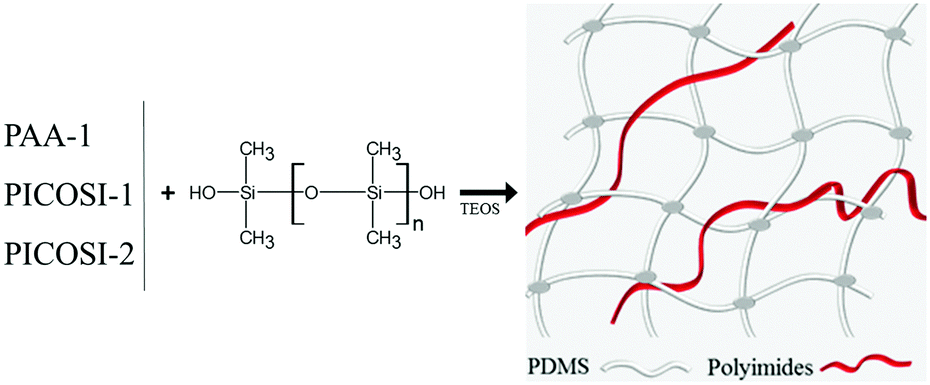

In crystalline piezoelectric materials, the unique distribution of charges gives rise to a dipole moment when the material is deformed.Ĭonsider the example 2D lattice as shown below. Note that even if we consider elongation in the horizontal direction due to the compression, the charges still cancel out. What is the difference between a non-piezoelectric material and a piezoelectric material?įirst, let’s look at a non-piezoelectric material: the overall charge center of positive and negative ions in the unit cell coincide, and even with applied deformation, these cancel out, and no overall polarisation appears. Now let’s have a closer look at where it comes from. The inverse piezoelectric effect is very useful because it is implemented in many transducers to produce ultrasonic sound waves. Conversely, those same crystals will change about 0.1% of their static dimension when an external electric field is applied to the material. For example, take one of the most used piezoelectric materials, the lead zirconate titanate (or PZT) crystals will generate measurable piezoelectricity when their static structure is deformed by about 0.1% of the original dimension. What is interesting is that the piezoelectric effect is mostly linear and reversible. Certain Ceramics (Lead Zirconate Titanate or PZT, Barium Titanate, …).Crystals (Quartz, Potassium Nibonate …).naturally occurring (single) crystal substrates,įor example, some materials which show a more pronounced piezoelectric effect are:.The piezoelectric materials are usually grouped into three categories:

They can be used to create various sensors or actuators: applied periodic electrical signal can result in the generation of ultrasonic waves for imaging purposes. Piezoelectric materials allow conversion of energy from the mechanical domain to the electrical domain and vice versa. The French physicists Jacques and Pierre Curie discovered in 1880 that electric charges could accumulate in certain solid materials in response to an applied mechanical stress. The word piezoelectricity comes from the Greek word piezein, which means squeeze or press and electron, which means “amber” and is an ancient source of electric charge. Now, how does it work? And where does it come from? Piezoelectricity and the piezoelectric effect The piezoelectric effect is an effect that simply describes the fact that a pressure applied to a piezoelectric material will generate a voltage. Certain materials tend to accumulate electric charges when a mechanical stress is applied to it. Let us provide you with a very simple definition first to get things clear.


 0 kommentar(er)
0 kommentar(er)
